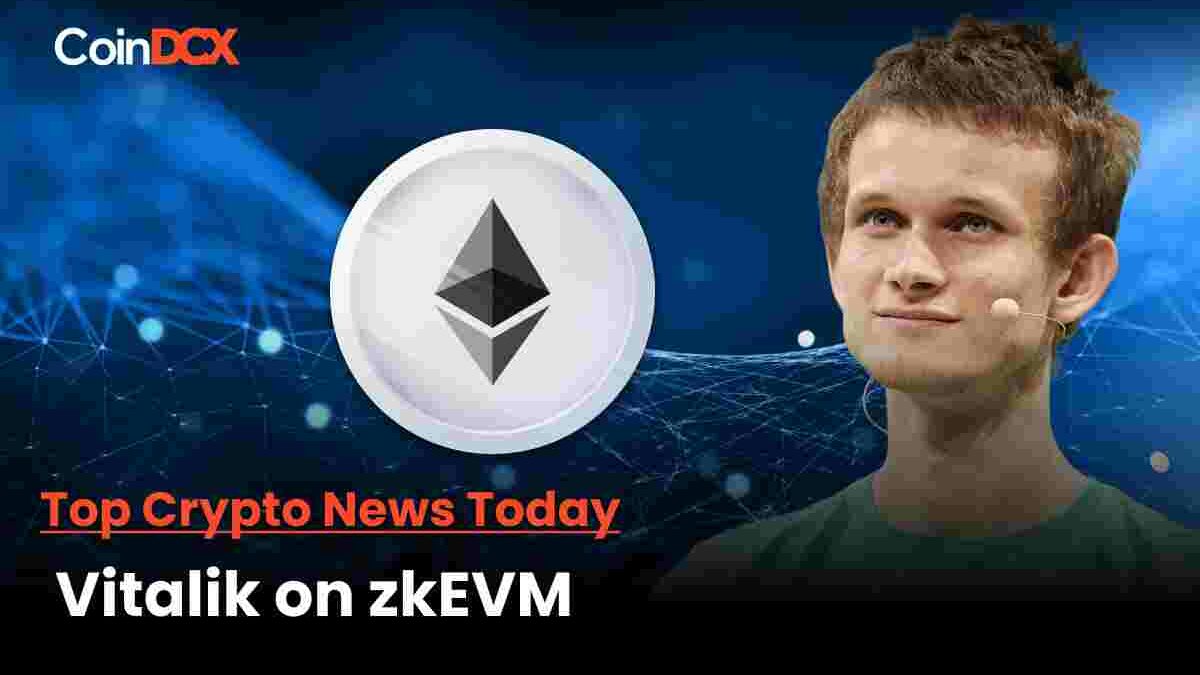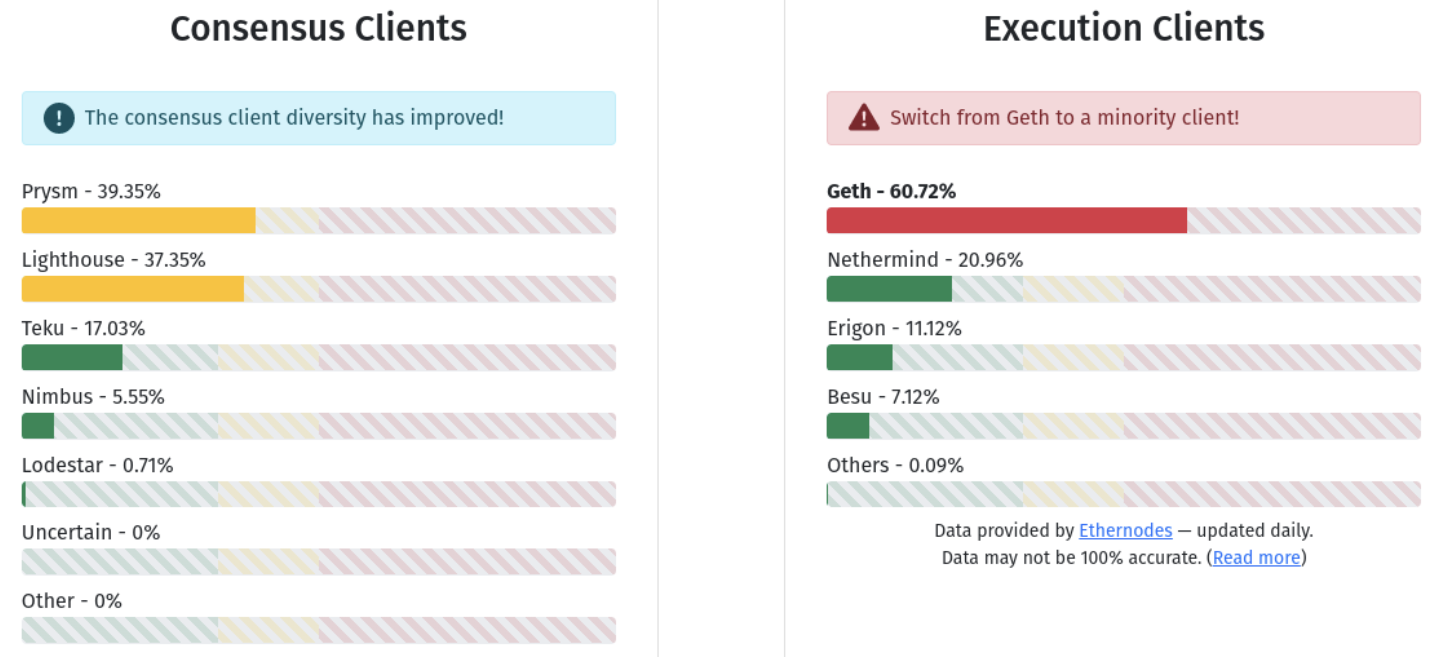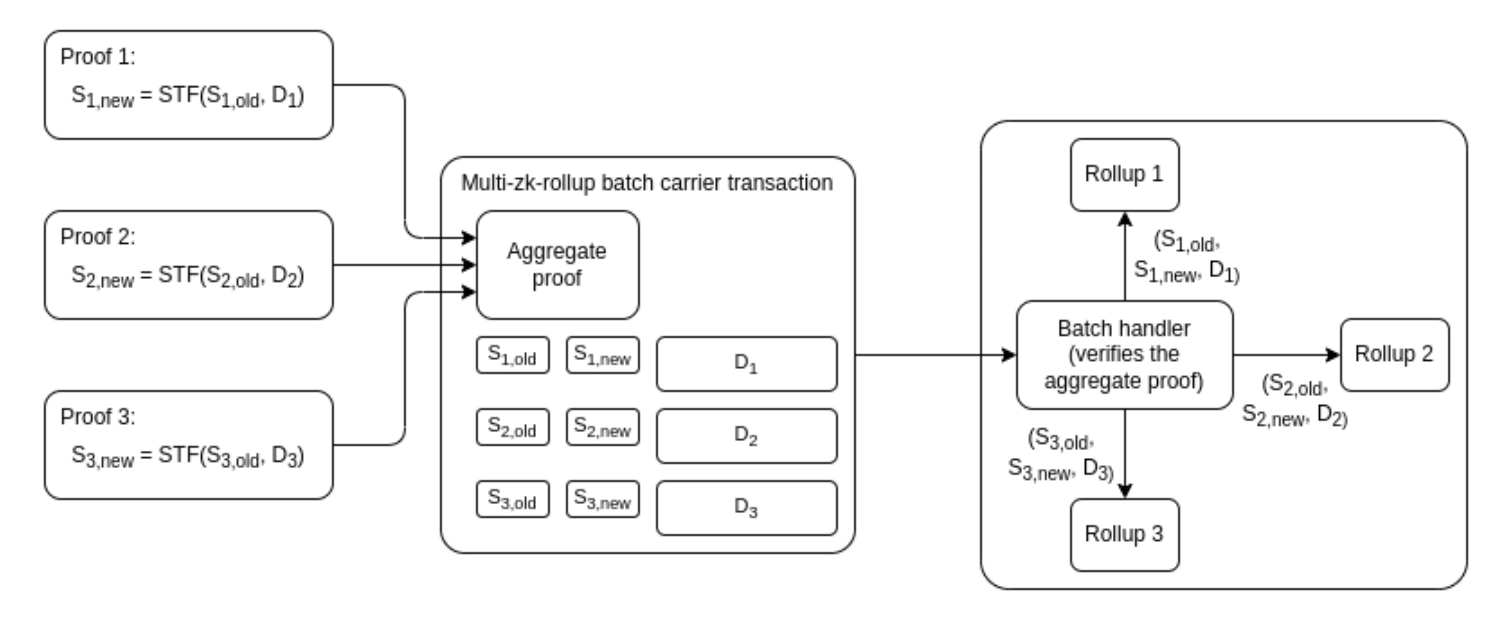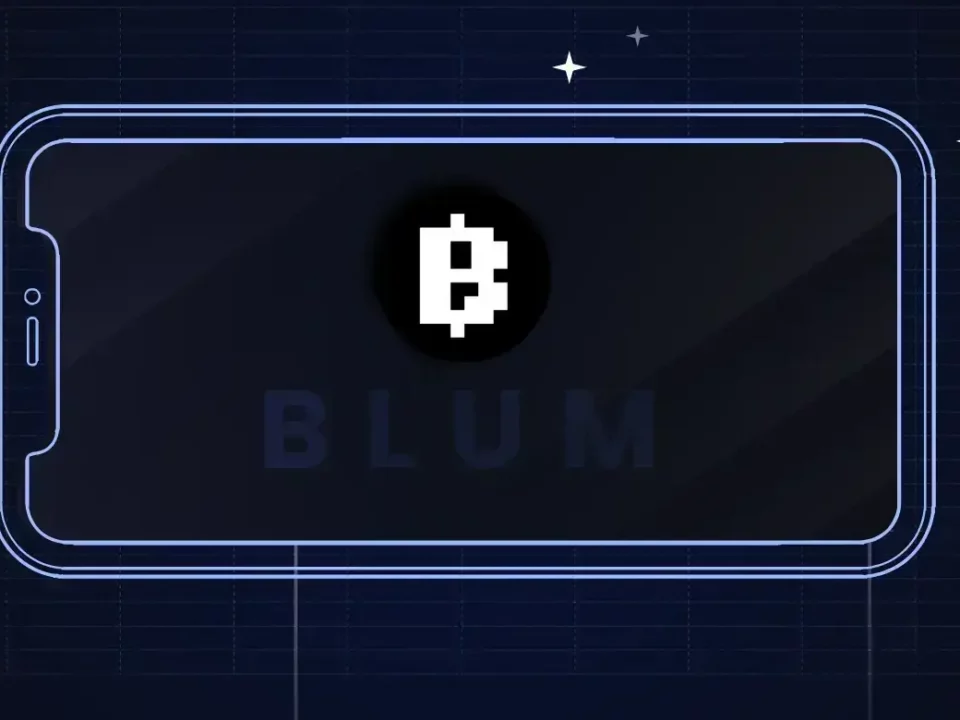ETH Founder Vitalik Buterin says zkEVM can solve Ethereum’s Verification Problem
zkEVM is a new technology that has been developed to address the verification problem that Ethereum currently faces. Vitalik Buterin, the founder of Ethereum, believes that this technology could revolutionize the way that Ethereum is verified.

The Ethereum network and its upgrades to resolve the prevailing issues has been a huge WIP for the whole crypto community. With the Ethereum Merge and the Shapella upgrades set in place, and the new upgrades from the Polygon network, the zkEVM is set to solve the verification issue of the Ethereum network. As stated by the founder of the network in his recent blog post.
As a network Ethereum, being a smart contract platform does not only power decentralized finance (DeFi), non-fungible tokens (NFTs), EIPs and so on, but it also has a prevailing problem that is not solvable with the help of layer-2 scaling platforms only. According to Vitalik, even though the Ethereum network is widely used and there are various users, it has been a challenge to verify all of the mainnet transactions. The problems that arise from this results in not many people being able to run their nodes. So as a result, they have to rely on trusted third parties, which also include light clients. Even though lightweight clients are important, the co-founder states that verifying the fact, if a particular Ethereum validator is following the established protocol rules, has been a challenge.
Know more about Ethereum Shanghai Upgrade
The Reason For Ethereum’s Multi-client Philosophy
According to the blog published by Vitalik, the multi-client philosophy of Ethereum is a type of decentralization. It is where one can put their focus on either the technical benefits of the architectural decentralization or they can stick to the social benefits of political decentralization. All in all, the multi-client philosophy had been influenced by both of them and aims to serve both.

Source: Vitalik’s Blog
Solutions Stated by Vitalik
In order to address these problems, Buterin proposed two options that can help solve the layer-1 verification problems. They are:
- Catering to the on-chain verification problem:
In his first solution for the problem, Vitalik suggested constraining the mainnet and forcing activity onto layer-2. However, doing this will require cutting down the mainnet gas-per-block target of 15 million to 1 million. As a result, there will only be the function of layer-1 that has to be verified by layer-2 protocols.

- Improving on the scalability issue:
While the proposals presents a step in the right direction in order to solve the verification problem on-chain, these proposed solutions also possess some weaknesses. These highlighted the need for a more scalability of the network and an even more efficient Ethereum protocol. This proposal came to be once the ethereum layer 2 solution, Polygon, launched its zkEVM mainnet beta earlier; during March end; with plans of open-sourcing the technology to bring in more developments.
Read on Polygon Price Prediction
Vitalik also said, “Making an open multi-client ZK-EVM ecosystem work well will take a lot of work. But the really good news is that much of this work is happening or will happen anyway.”
Source: Crypto News
Related posts
Bitcoin Price Hits New All-Time High Following Fed’s 25-Basis-Point Rate Cut
Fed’s interest rate cut spurs crypto momentum, boosting Bitcoin and Ethereum prices.
Read more
Blum Secures Major Investment from TOP to Strengthen DeFi Presence in TON Ecosystem
TOP’s backing aims to accelerate Blum’s multi-blockchain expansion.
Read more

